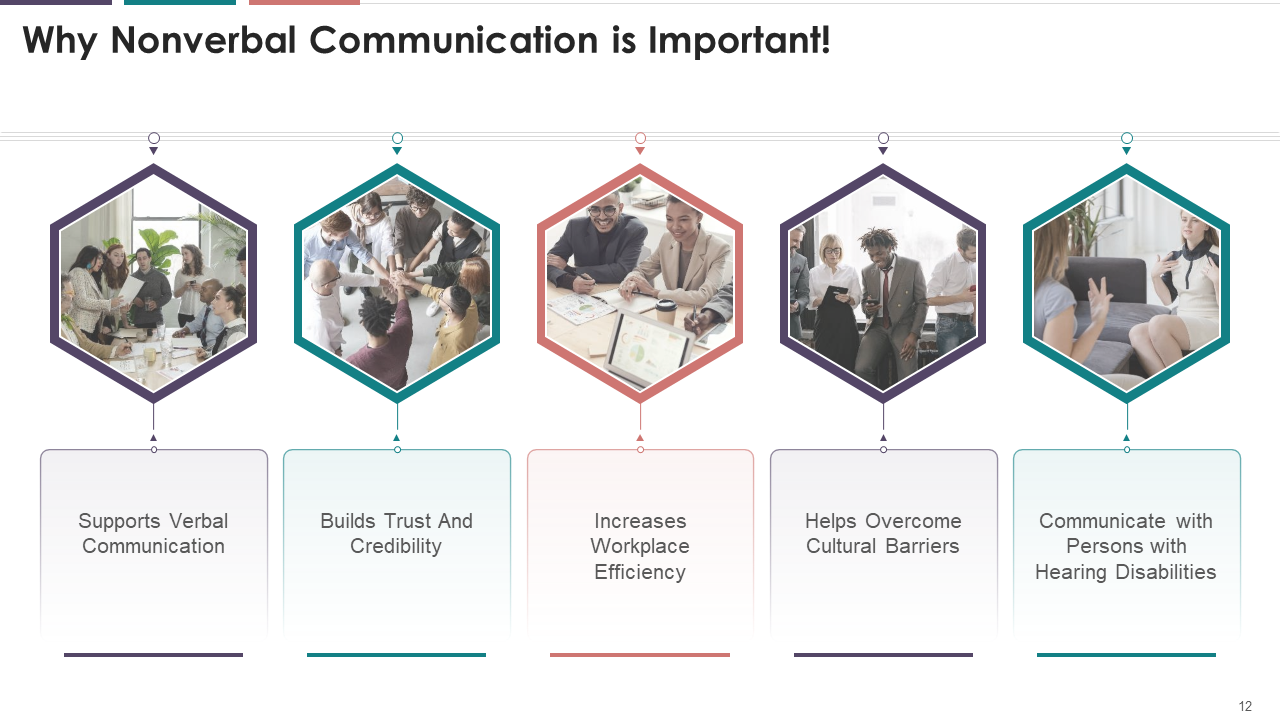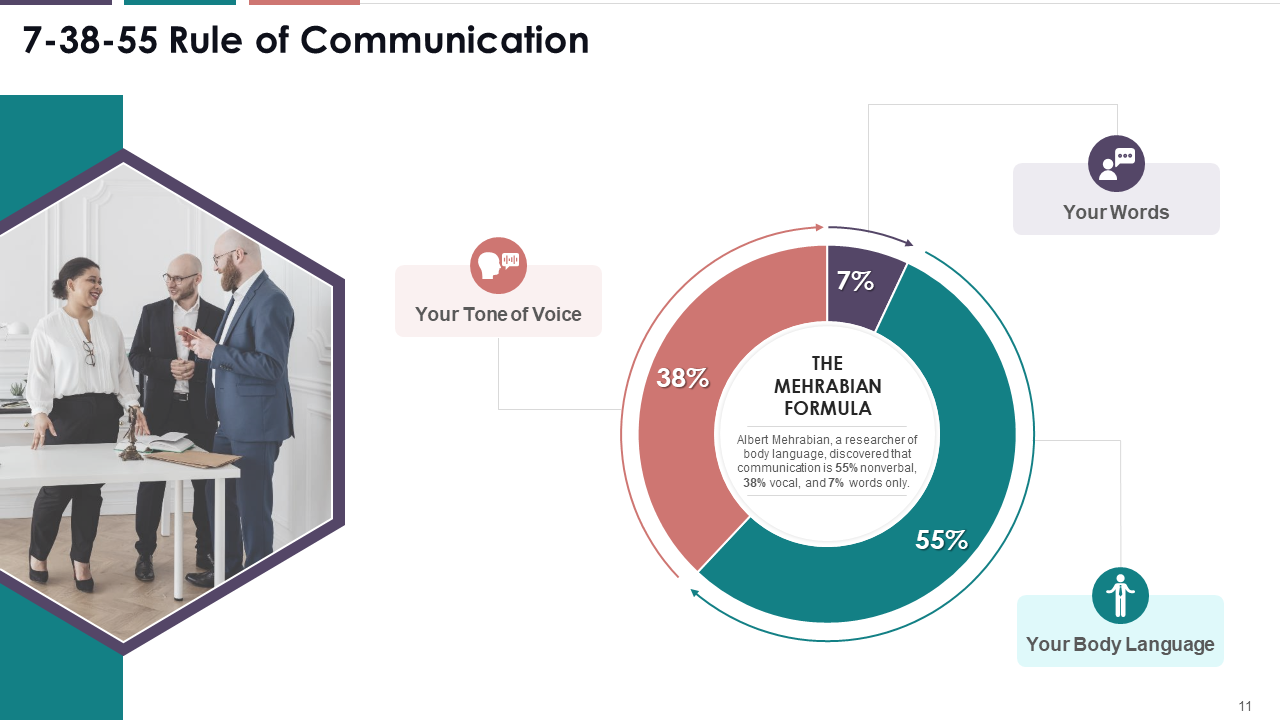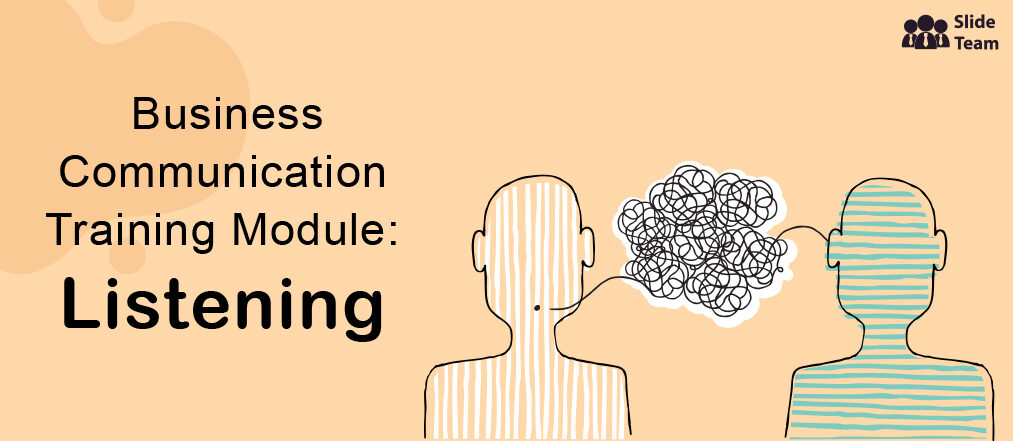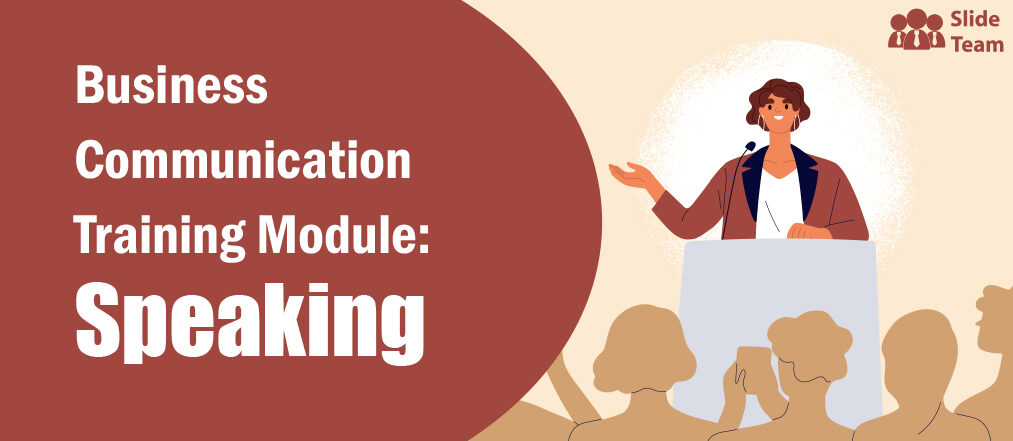When it comes to mind-bending mentalism, few can compare it to the skills of Brian Curry. This world-renowned performer has amazed audiences across the globe with his seemingly impossible feats of mentalism. But just what can Curry do?
Some of the most impressive things Curry can do include reading people's thoughts, driving a car blindfolded, and guessing random numbers. He has even been known to predict the future on occasion. Curry's performance might seem akin to magic; it is, in reality, a demonstration of his ability to read nonverbal cues.
Your body language betrays you more often than you think. Your sincerity and composure, or lack thereof, are given away by your nonverbal cues, no matter the words you speak.
The posture you hold, the eye contact you maintain, and the gestures you use are all part of the conversation people have; this has been immortalized in Hollywood romances. You are not going to get what you want if you appear insincere and untruthful, no matter how many assurances you blurt out.
This is the reason why a professional relationship gets misconstrued by people more often than it should. This is also why even if one feels qualified for a promotion, their body language gives away their apathy and carelessness. Employees in a business must learn to understand and present themselves in a suitable fashion.
We bring to you a Comprehensive Training Module on Nonverbal Communication to help you train your employees to get their body language sorted.
Nonverbal Communication: A Primer
Nonverbal communication is everything that conveys information without words between two humans. While you may not need to be mindful of this in a personal setting, business scenarios demand perfect attention to detail in what your body language conveys. Your trainees will appreciate an easy and relatable start to their training as you describe nonverbal communication to them. They will also learn how it differs from verbal communication (besides the use of words, that is).
Click here to access the training module
Finish this introduction with some exercises in which the trainees learn where they stand when it comes to nonverbal communication.
Nonverbal Communication: Conveys more than half of meaning
Albert Mehrabian, a researcher in body language, developed a formula, the 7-38-55 rule of communication. It presents the percentage of spoken word, tone of voice, and body language that constitute speech.
Why is body language so vital to communication? What’s the worst that could happen if we don’t pay attention to it? Find out here, and learn what the facets of nonverbal communication, repetition, contradiction, substitution, compliment, and accent, mean to a successful conversation.
Click here to access the training module
At this stage, the trainer must divide the hall into groups of 10 members (maximum) and describe a picture or video while participants focus on nonverbal cues. The instructions are available on the slide in the deck.
Nonverbal Communication: The Types
The face, eyes, gestures, proximity, appearance, and touch are the six major giveaways of what we actually feel.
Each of these elements is studied in detail within this section. A list of do’s and don’ts clarify what is expected at the workplace. Remember, there is never a list for body language to professional success; if you don’t like your work, there is no way this can be hidden for long.
Click here to access the training module
As trainees become acquainted with reading body language, have them practice the skill with an activity.
Things that Influence Nonverbal Communication
What works in one company might not work in another. Body language that is considered professional in one context won’t carry the same connotation somewhere else. No high-fives are allowed (mostly) during a board meeting, for instance.
Culture, context, environment, and timing are the four factors that impact nonverbal communication.
What do they individually mean, and how does one learn to be conscientious of these? Access our training module to teach your trainees.
A way to internalize this is provided in the module. In groups of two, have trainees practice solving a problem where they communicate exclusively via nonverbal cues!
Techniques to Improve Nonverbal Communication
A lot of nonverbal cues leak out without us knowing. That’s no good; you need more control over your body language. The trainees first need to know how to do it before they can put it into practice.
Click here to access the training module
Employ techniques that help you become better at eye contact, facial expressions, gestures, etc., that this module offers. Trainees must learn to put these tips into practice.
Nonverbal Communication: The Barriers, First Impressions, Mirroring, and Trust
Click here to access the training module
In this part of the training, trainees learn how to:
- Recognize barriers to nonverbal communication and how to overcome these
- Make an impactful first-impression
- Mirror nonverbal cues in a conversation
- Build trust and rapport via nonverbal communication
This training module will make you look good and transmit what you feel.
Online Conversations, Negative Body Language, and Catching Lies
We will spend some time learning to improve our body language. This includes learning what things to do and what things to avoid, aka negative body language.
We will also learn some exciting tips and tricks to see if someone is being deceitful, much like the mentalist and magician Curry does. Wouldn’t that be amazing?
Gain access to our full Comprehensive Training Curriculum On Business Communication by clicking here.
Click here to access the training module
FAQs on Nonverbal Communication
Why is nonverbal communication important?
Nonverbal communication helps you better understand the other person and provide cues about how or what they are feeling.
For example, if someone is standing very close to you and speaking in a loud voice, they may be angry. Or, if someone is averting their gaze, they may be hiding something.
Nonverbal communication can also be helpful in conveying your own feelings and intentions. For example, maintaining eye contact can convey interest or respect, while crossing your arms may communicate defensiveness or hostility.
Professional practitioners in the field of body language can even judge your real feelings about a person through the study of how you place your feet. The number of times you touch your nose during conversation is also a giveaway that you are lying. While you don’t need such in-depth knowledge, you cannot remain oblivious to the importance of nonverbal cues.
What are the advantages and disadvantages of nonverbal communication?
If you're wondering whether or not to use nonverbal communication in your next interaction, it's important to understand the advantages and disadvantages of this mode of communication.
Advantages of Nonverbal Communication:
- It can be used to add emphasis or emotion to a message.
- It can help convey a message when verbal communication is not possible or appropriate.
- It can be used to create a more positive impression or first-impression.
- It can help build rapport and trust.
Consequences when nonverbal communication and situation do not fit:
- There are chances of it being misinterpreted.
- It can be used to manipulate or deceive others.
- It can create barriers to communication if not used effectively.
- It can be cultural-specific, meaning that what is considered appropriate or effective in one culture may not be so in another.
How much communication is nonverbal?
According to Mehrabian’s formula, nonverbal communication constitutes 55% of overall communication, with 38% going to the tone of your voice and 7% to actual spoken words. Remember, improving body language will give you happy results. For example, business people are always advised to greet people with a smile. While you run the risk of sounding fake when you smile without feeling, practice usually irons out this flaw. This is a great achievement for customer service principles.


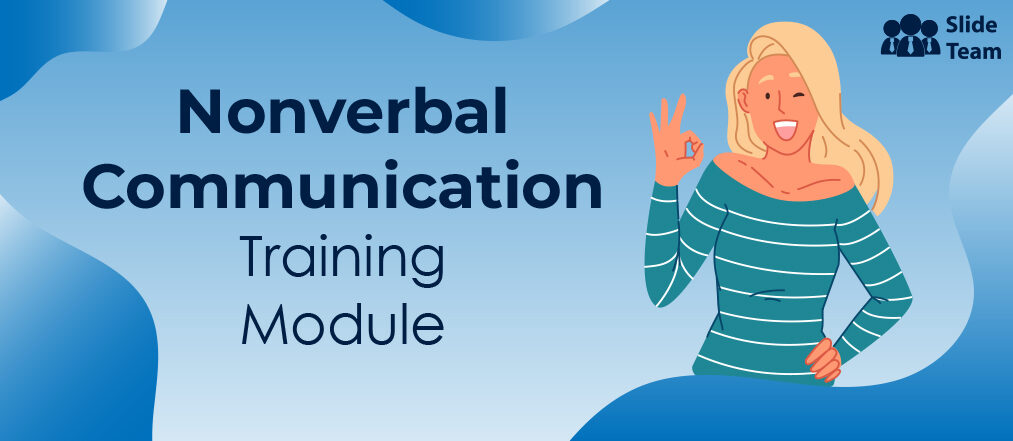


 Customer Reviews
Customer Reviews

